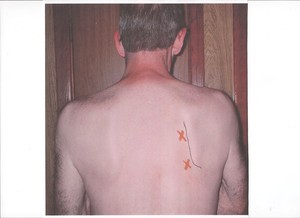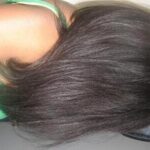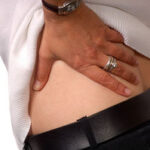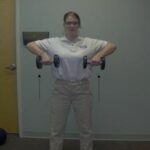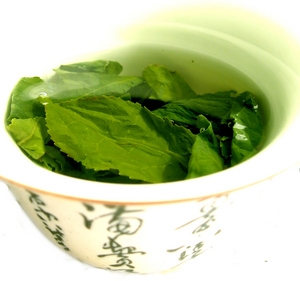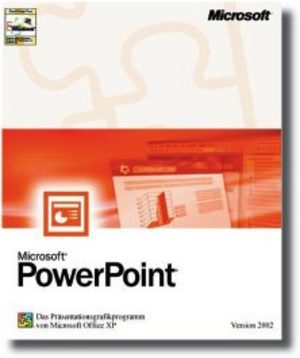A crick is an uncomfortable stiffness and ache on one side of the neck that worsens when the head or arm moves. This discomfort can range from an aggravating nuisance to severe pain. When it strikes, we impulsively reach around to massage that spot behind our necks where the shoulder joins. That area can always use a good kneading, right? The problem is that particular massage does not relieve the crick.
Many folks try to cure a crick with neck massage, rest, heat, or muscle relaxers. Those treatments have never worked for me. I was diagnosed with fibromyalgia and myofascial pain syndrome years ago, and frequently suffer with muscle pain and spasms, including cricks in my neck. I have tried multiple and varied treatments without success. Through trial and error, I finally discovered a remedy that works every time and that works almost instantly.
My research and anatomy/physiology classes support my theory on the cause of the problem and on why the cure works. I have also used this treatment on my husband, family members, friends, co-workers, and patients if they complained of a crick. This method has never failed. However, I have a warning; everyone should make sure that the pain is not something more than a simple “crick” before trying this, or any other, self-treatment for neck pain.
I have found that the neck and shoulder muscles are not the root causes of crick pain. That is why a neck rub will not alleviate the problem. Trying to cure a crick by massaging the painful neck muscle is like trying to extinguish a campfire by stomping on the tiny sparks that fly out of the fire.
The crick is a symptom, or a consequence, of a spasm in the trapezius muscle below the shoulder blade. We can think of a spasm as clenched muscle fibers. When those fibers contract, they can create a tension that pulls through that muscle and into any muscle that is connected to it. That is how a spasm in the upper or mid back can produce pain in the neck.
In the accompanying picture, the right scapula is outlined in black and the muscle spasm areas of the trapezius are marked with a red X.
I use a tennis ball to get a deep massage in those X marked areas. I lay on my bed or on the floor with the ball underneath me. I press the ball into the spasm area until I feel a decrease in the “sore muscle” pain – usually about one or two minutes. That is all it takes to get rid of my neck crick.
Relaxing the spasm in the trapezius muscle releases the tension in the neck muscle, and thus, relieves the crick. The effect is immediate. Any residual crick discomfort means that the spasm was not completely relieved or that there is more than one spasm in the trapezius. Here’s wishing you a speedy recovery!
